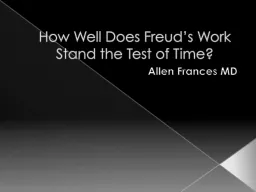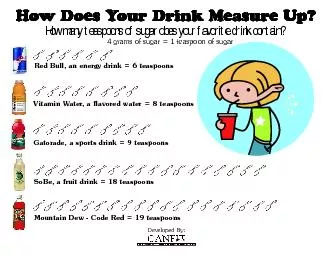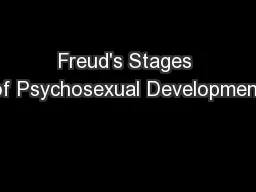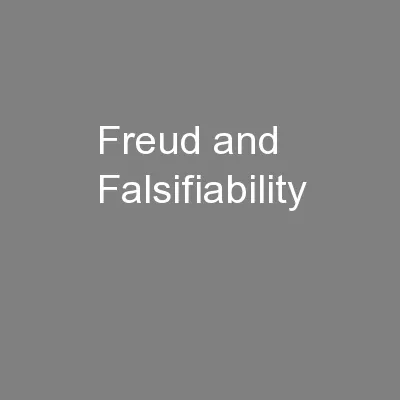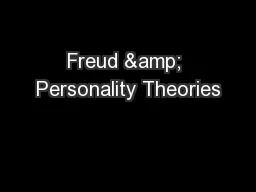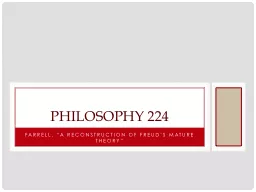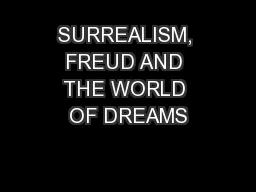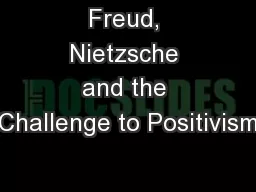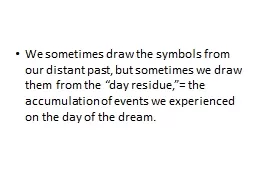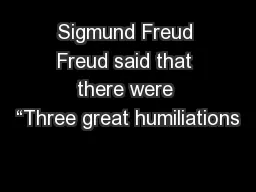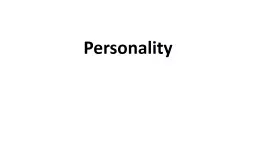PPT-How Well Does Freud’s Work Stand the Test of Time?
Author : marina-yarberry | Published Date : 2016-04-23
Allen Frances MD Full Disclosure I am not a specialist on Freud Neuroscience Cognitive psychology Computer science The social sciences Art criticism Philosophy
Presentation Embed Code
Download Presentation
Download Presentation The PPT/PDF document "How Well Does Freud’s Work Stand the T..." is the property of its rightful owner. Permission is granted to download and print the materials on this website for personal, non-commercial use only, and to display it on your personal computer provided you do not modify the materials and that you retain all copyright notices contained in the materials. By downloading content from our website, you accept the terms of this agreement.
How Well Does Freud’s Work Stand the Test of Time?: Transcript
Download Rules Of Document
"How Well Does Freud’s Work Stand the Test of Time?"The content belongs to its owner. You may download and print it for personal use, without modification, and keep all copyright notices. By downloading, you agree to these terms.
Related Documents

